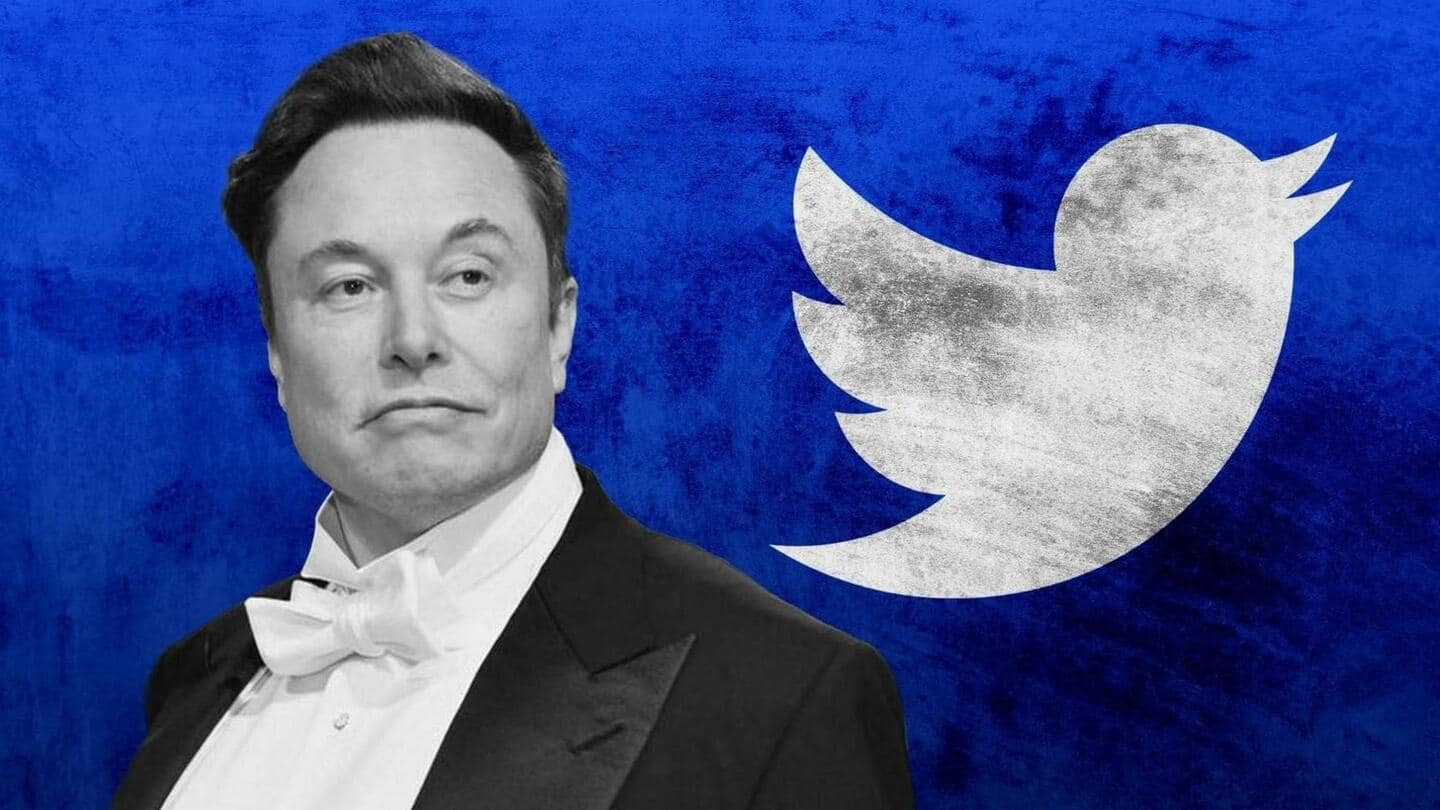
Twitter Files Part 2: The biggest dark secrets and revelations
What's the story
The second part of Twitter Files is out, and it is more controversial than the first installment. The latest part is all about the platform's shadowbanning activities, which Twitter has repeatedly denied.
It was reported by Bari Weiss, editor of The Free Press. Soon after, Elon Musk, the company owner-cum-CEO retweeted the exposé, showing his interest in outing Twitter's dirty laundry.
Report
Twitter employees sometimes prevented tweets or topics from trending
In a series of 30 tweets, Weiss laid out details of what she called "Twitter's secret blacklists." She claimed that the company's employees took secret actions against disfavored accounts.
According to her, they built blacklists, prevented certain tweets from trending, and even limited the visibility of some accounts or topics.
Interestingly, no user was informed about these "secret" activities.
Decision makers
The company had secret teams to do its bidding
Twitter had secret teams to do its bidding. The group that made decisions regarding limiting the visibility of users was the Strategic Response Team-Global Escalation Team (SRT-GET).
But the most crucial and controversial decisions were made by a secret team called the 'Site Integrity Policy-Policy Escalation Support' (SIP-PES). It included the company's CEO, legal head, head of trust & safety, and others.
Blacklist
Twitter's secret actions specifically targeted right-wing accounts
Weiss listed out the activities that Twitter secretly did. Dr. Jay Bhattacharya, a professor at Stanford who argued against COVID lockdowns, was placed on the "Trends Blacklist." This prevented his tweets from trending.
Similarly, Dan Bongino, a right-wing talk show host, was put on the "Search Blacklist," while conservative activist Charlie Kirk's account was set to "Do not amplify."
Twitter Post
Twitter put secret tags on certain accounts
4. Or consider the popular right-wing talk show host, Dan Bongino (@dbongino), who at one point was slapped with a “Search Blacklist.” pic.twitter.com/AdOK8xLu9v
— Bari Weiss (@bariweiss) December 9, 2022
Shadow ban
Twitter used 'Visible Filtering' to control what users saw
Twitter has denied shadowbanning users. In 2018, Vijaya Gadde, the then-head of legal policy and trust and Kayvon Beykpour, the head of product, said, "we do not shadowban."
The company, however, has a different word for shadowbanning - "Visibility Filtering" or VF, according to Weiss. It is a way for Twitter to control what users see, a senior employee told Weiss.
Information
What did Twitter use VF for?
Twitter used VF for several things, including blocking searches of certain users, limiting the scope of some tweets' discoverability, blocking certain users' tweets from appearing on the 'trending' page and controlling hashtag searches. Apart from controlling visibility, Twitter also controlled the amplification of tweets.
Technicalities
Roth justified the policy in a private Slack message
Weiss shared an internal Slack message from Yoel Roth, Twitter's then-head of trust & safety, to a colleague explaining the company's policy regarding reducing the visibility of tweets and subjects.
Roth wrote, "If exposure to e.g., misinformation directly causes harm, we should use remediations that reduce exposure, and limiting the spread/virality of content is a good way to do that."
Support of leadership
Dorsey was on board with the plan
According to Roth, Jack Dorsey, the company's former CEO was on board with this plan. This goes against Dorsey's previous claims about Twitter not shadowbanning users.
Weiss concluded her exposé by saying that Twitter Files is not over yet and that there is more to come. The next installation will be posted by Matt Taibbi.